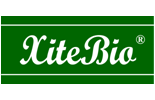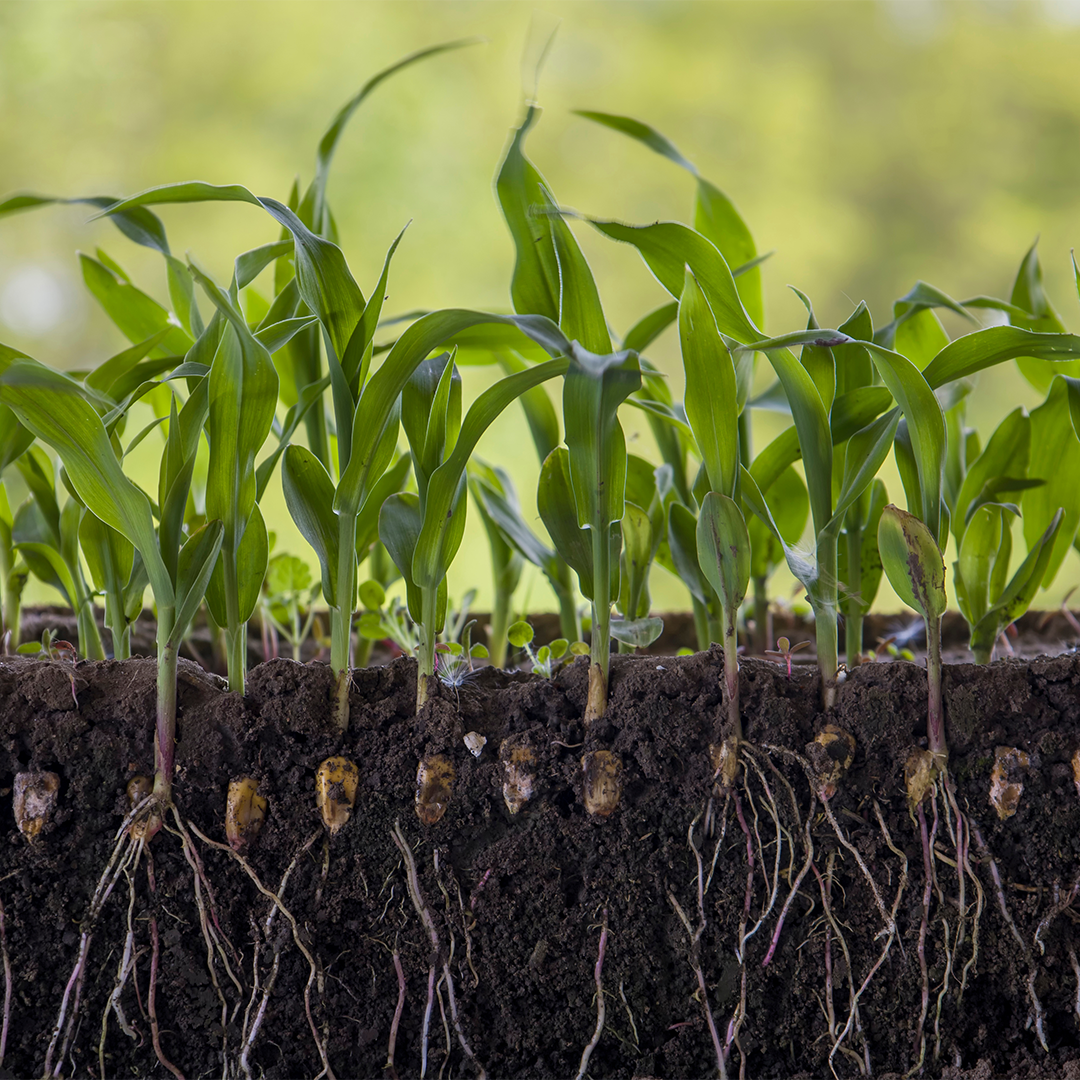Where does P-solubilization take place?
This is the third of a five-blog series on Phosphorus (P)-solubilizing bacteria. In blog one and two we talked about the What and How of P-solubilizing bacteria.
This blog deals with the where:
- Where P-solubilization takes place
- Where to apply P-solubilizing inoculants
- Where interactions with native microflora can occur
P-solubilizing microbes operate in the rhizosphere. The rhizosphere is also known as the root zone defined as the area within 4mm (1/8 inch) around plant roots. P-solubilizing bacteria are what is generally termed PGPR, Plant Growth Promoting Rhizobacteria. As we saw in our first blog in this series, P is physically and chemically immobile in the soil (1). P present in the rhizosphere often needs to be solubilized before it can be used by plants. As we saw in our second blog in this series some plants have developed ways of accessing this P through partnering with P-solubilizing bacteria. The PGPR produce an enzyme called phosphatase that breaks ionic bonds and makes the P-available for plant uptake (2, 3).
Commercial inoculants are the technological application of these naturally occurring mechanisms for P-solubilization (2). This technology needs to operate within the rhizosphere. To this end it is important make sure that the applied bacteria from commercial inoculants can reach the rhizosphere. We recommend that XiteBio® Yield+ (our P-solubilizing PGPR product) be applied in furrow or through the sprayer in the 0-6 leaf stage. This allows the bacteria to reach the ground. If PGPR technology does not reach the soil it cannot be effective.
Once the P-solubilizing microbes have reached the ground they travel through micropores in the soil through a process called chemotaxis. Chemotaxis is driven by the movement of the bacteria’s flagella to create a 3-dimensional walk biased by signals exuded by the plant roots (4). To explain that last sentence in layman’s terms: Some bacteria have little tails known as flagella. They wave these tails around to travel. While they don’t always travel in straight lines, they are able to, in a meandering way, travel in a certain direction. Since bacteria are motivated by external stimuli, they tend to move towards chemical signals produced by the plant roots in the rhizosphere. These signals are what allow P-solubilizing bacteria to find and solubilize P in the rhizosphere to make it available to plants. This is a symbiotic relationship as the carbon deposits that come from the roots of the plants have been seen to indirectly increase P availability by stimulating the P-solubilizing microorganisms to release more phosphatase (the P-solubilizing enzyme) into the rhizosphere (5).
The rhizosphere, where P-solubilization takes place, is one of the most complex ecosystems on earth. It contains not only PGPR bacteria but a host of others (6). It is important to make sure that an applied PGPR inoculant contains technology to make it work in synergy with the native microflora. If it does not, then the applied bacteria can end up competing for resources with the native microflora which can lead to long term detriments in soil health. Always ask your retailer what work has been done on any P-solubilizing commercial inoculant to ensure that it benefits soil health beyond just yield results alone. For example, XiteBio® Yield+ uses Bacillus firmus bacteria in a proprietary formulation that is designed to promote synergy with the native microbiome. A truly effective inoculant is one that will yield annual yield results while also improving the long-term health of the soil.
1. https://xitebio.ca/what-is-p-solubilization/
2. https://xitebio.ca/how-p-solubilizing-products-work/
3. https://pubs.acs.org/doi/pdf/10.1021/es2044745?src=getftr
4. https://www.frontiersin.org/articles/10.3389/fpls.2021.725338/full
5. https://www.sciencedirect.com/science/article/pii/S0038071721003710#bib94
6. https://www.frontiersin.org/articles/10.3389/fpls.2022.920813/full


